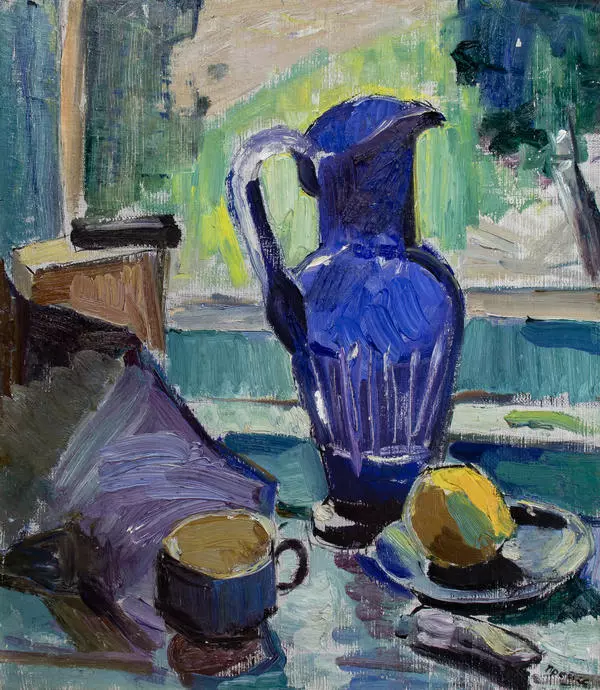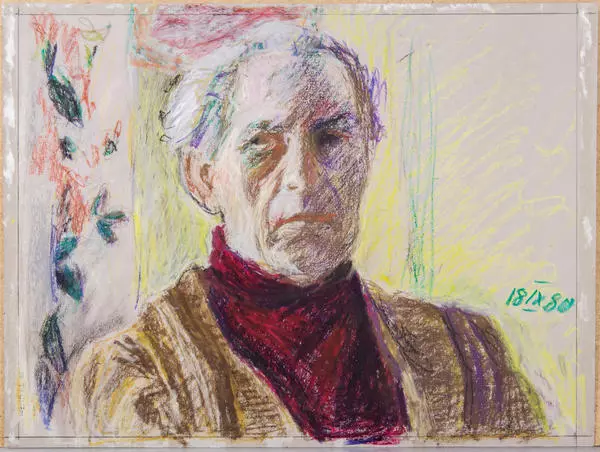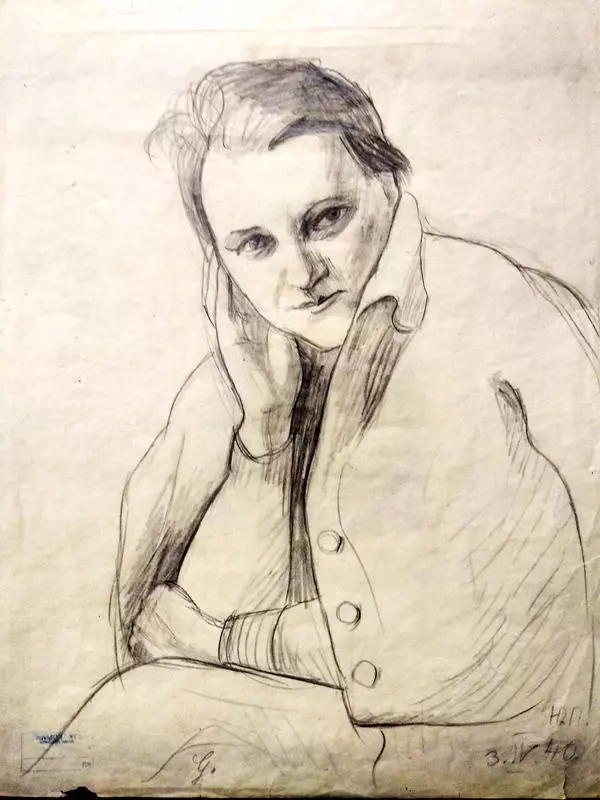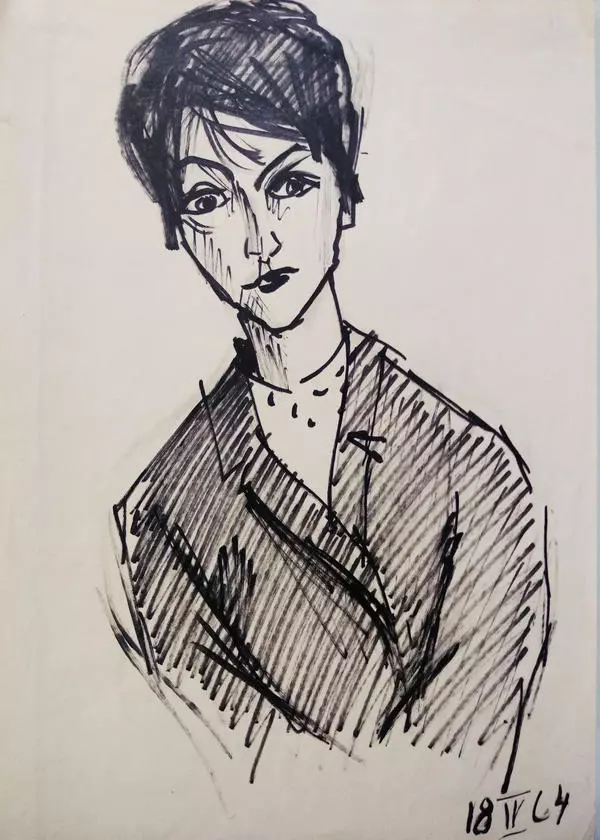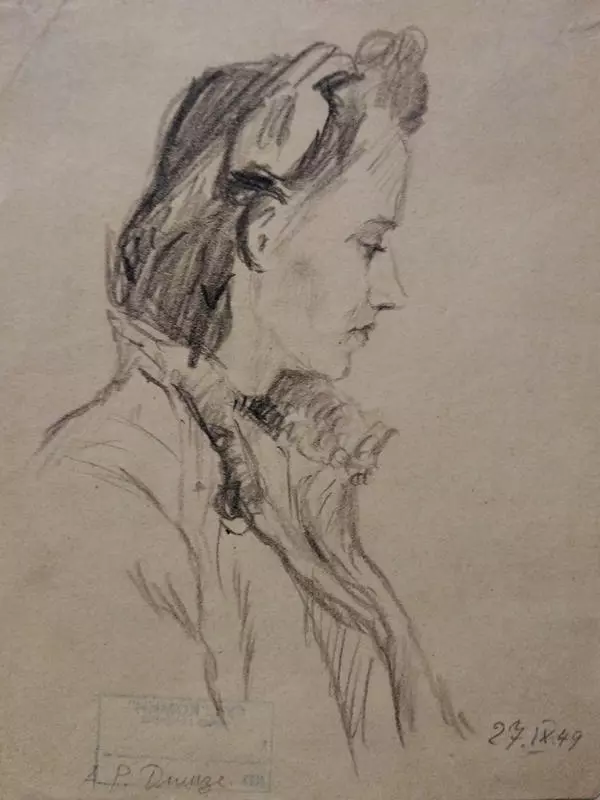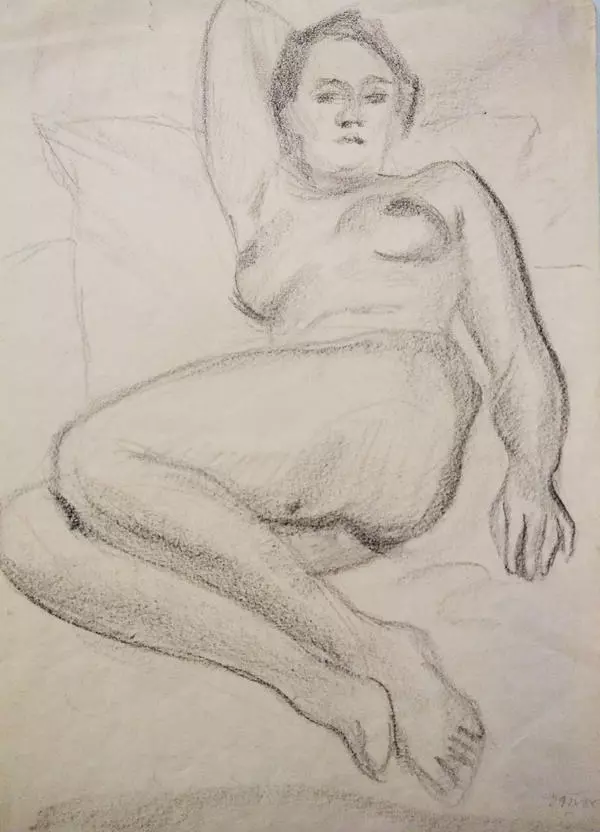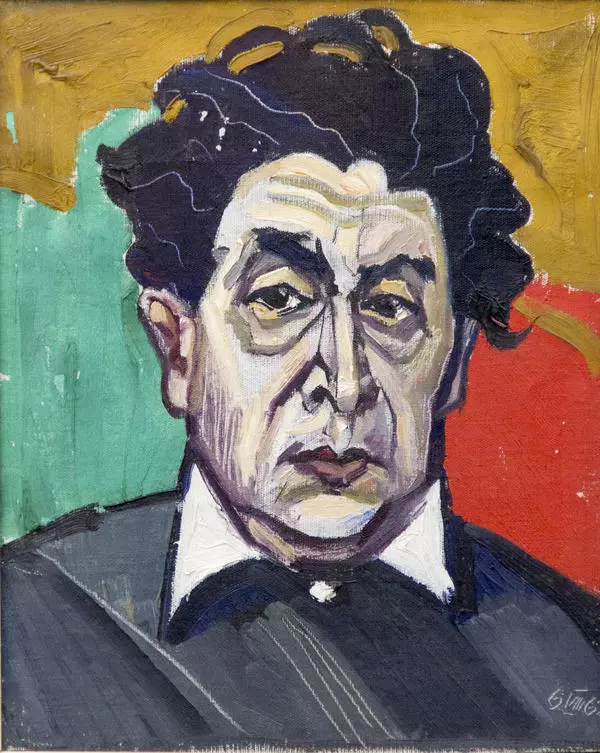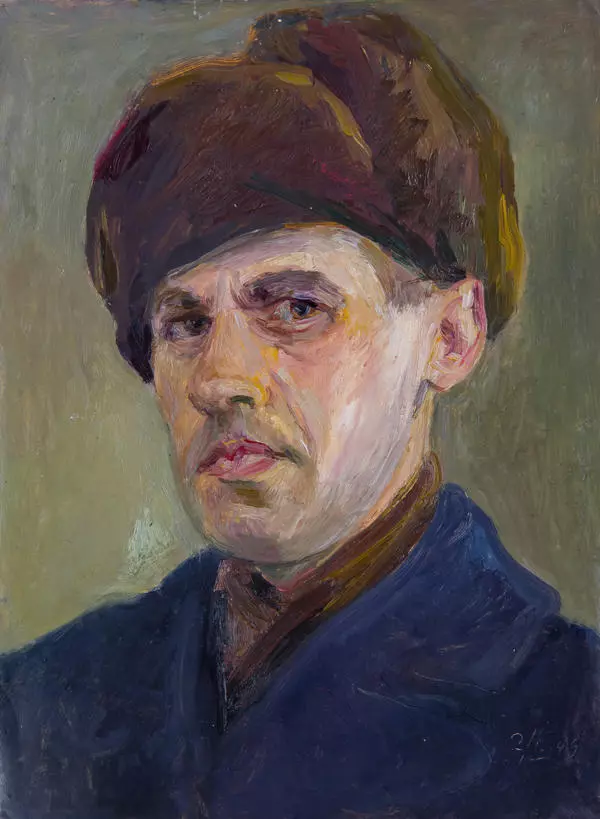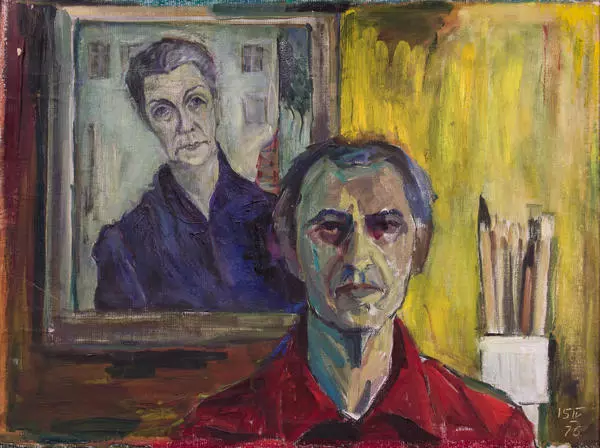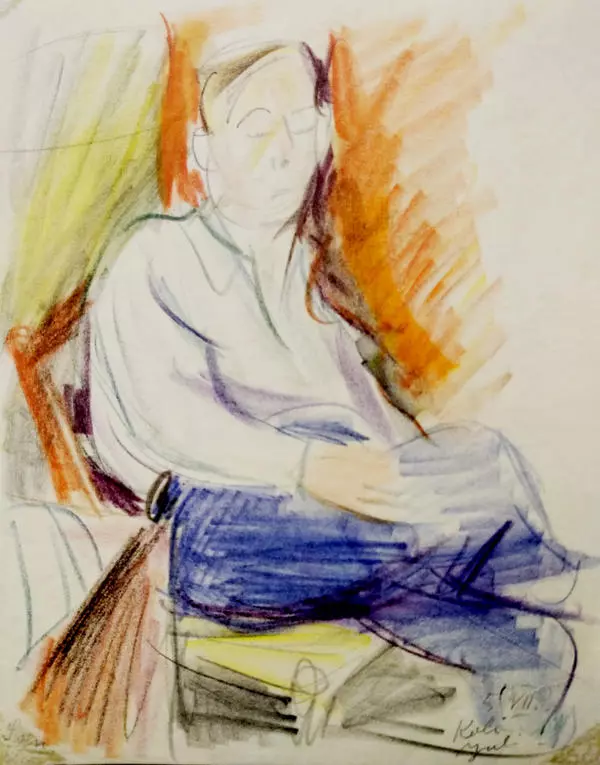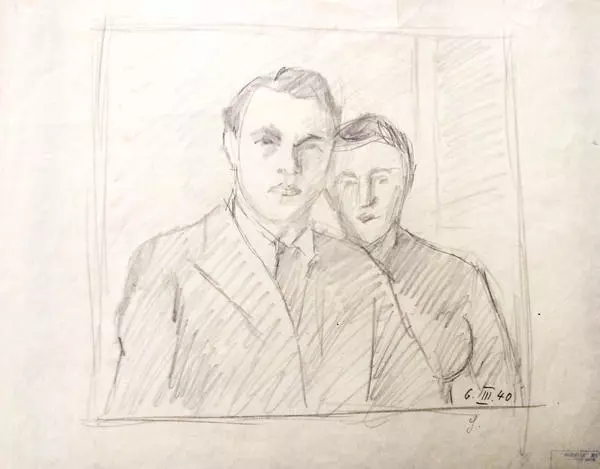Jurgis Preiss was born in 1904 in Königsberg, which was at the time the capital of East Prussia. In the 1930s, Preiss married German communist and intelligence agent Gertrude Gennis. Soon the Soviet intelligence recruited the artist too. The couple left their home country, travelled extensively throughout Europe, then moved to the USSR. At first, they lived in Moscow, then they were resettled in Saratov, and before the beginning of the war, like many Volga Germans, they were sent to Siberia.
Jurgis Preiss visited his hometown only 20 years after the war — in the 1960s. At that time, Königsberg had already been handed over to the USSR; it was renamed Kaliningrad. The historic city centre was almost completely destroyed during the bombing. The artist’s home was badly damaged: by the 1960s, it still had not been restored.
“Of course, I wanted to find traces of the past. Twice I spent a lot of time at the place where our house once had stood. But it was desolate all around; on heaps of rubbish and brick weeds flourished. Only a piece of the wall was left from our house… “
From the memoirs of Jurgis Preiss
After the trip to Kaliningrad, Jurgis Preiss painted the picture Memory. It dates back to the late, Kemerovo period of his art, which was the longest and most fruitful. After the grim works that prevailed in the 1940s and 1950s, Preiss returned to the calm light colouration, the free and smooth painting style. Many subjects, including Memory, were based on the artist”s own impressions and inner turmoil, on facts from his life.
Jurgis Preiss visited his hometown only 20 years after the war — in the 1960s. At that time, Königsberg had already been handed over to the USSR; it was renamed Kaliningrad. The historic city centre was almost completely destroyed during the bombing. The artist’s home was badly damaged: by the 1960s, it still had not been restored.
“Of course, I wanted to find traces of the past. Twice I spent a lot of time at the place where our house once had stood. But it was desolate all around; on heaps of rubbish and brick weeds flourished. Only a piece of the wall was left from our house… “
From the memoirs of Jurgis Preiss
After the trip to Kaliningrad, Jurgis Preiss painted the picture Memory. It dates back to the late, Kemerovo period of his art, which was the longest and most fruitful. After the grim works that prevailed in the 1940s and 1950s, Preiss returned to the calm light colouration, the free and smooth painting style. Many subjects, including Memory, were based on the artist”s own impressions and inner turmoil, on facts from his life.


